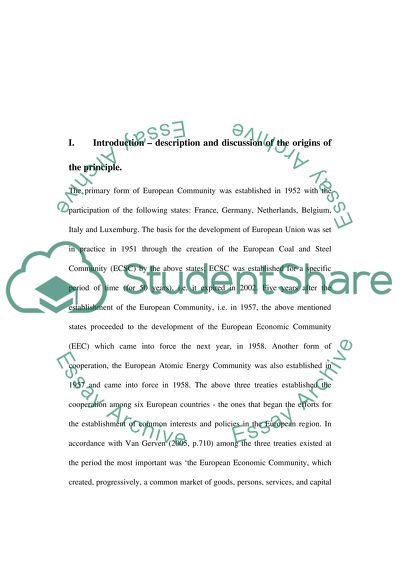The limitation of powers of European Community member states in the Essay. Retrieved from https://studentshare.org/miscellaneous/1544832-the-limitation-of-powers-of-european-community-member-states-in-the-field-of-commercial-activity-in-the-light-of-creation-of-a-single-market-in-goods
The Limitation of Powers of European Community Member States in the Essay. https://studentshare.org/miscellaneous/1544832-the-limitation-of-powers-of-european-community-member-states-in-the-field-of-commercial-activity-in-the-light-of-creation-of-a-single-market-in-goods.


